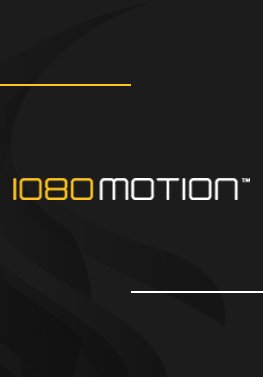Relationship of rotational force, speed and power to golf performance
Ola Eriksrud1 , Ali Ghelem1 , Jessica Parnevik-Muth1
1 1080 Motion, Stockholm, Sweden
Introduction
The physical factors that determine athletic performance are mobility, stability, force, speed, power and endurance. Current methods of testing of these physical factors have a tendency to focus on isolated joints and regions, rather than the overall performance of the body. This is particularly true of mobility. This could be one reason why current measures of mobility fail to reflect physical performance (McGill, Andersen, & Horne, 2012; Moreside, Vera-Garcia, & McGill, 2008)
Furthermore, current measures of strength is based upon how much mass that can be moved in a certain direction as a result of a full-body or isolated joint movement. These tests focus on the force factor of the power equation, with the speed factor of the movement being ignored. In order to account for speed, explosive movements such as jumping for height or on a force plate, is used to determine power. It seems that we are unable to account for both force and speed, and thus power, concurrently in testing. 1080 Quantum offers robotic technology that allows for the measurement of force, speed and power concurrently in any type of functional movement pattern.
The purpose of this study was to determine if rotational tests when measures of strength, speed and power were obtained concurrently, can predict golf performance
Methods
Subjects (15 males, 3 females) were all recruited from a local golf gymnasium and informed consent were obtained. Rotational force, speed and power were obtained in both left and right with 1080 Quantum (1080 Motion, Stockholm, Sweden). Specifically, the tests for force, speed and power were; left side toward the 1080 Quantum with an concentric phase into right rotation and right side toward 1080 Quantum and concentric phase into left rotation. Golf performance was quantified by measuring club-head speed (mph). (Trackman, Denmark). Pearson product moment correlations were then calculated (p<0,05, critical r=0,468).
Results
Measures of rotational force, speed and power in both directions were all significantly correlated with club-head speed (Table 1)

Discussion and conclusion
Performance is a result of speed and accuracy in many sports. Only one component, speed, of performance was analyzed in this study. Regardless, the level of significance obtained with the 1080 Quantum for force, speed and power in rotational testing can be a highly effective tool in both testing and training for performance in golf
References
McGill, S. M., Andersen, J. T., & Horne, A. D. (2012). Predicting performance and injury resilience from movement quality and fitness scores in a basketball team over 2 years. Journal of strength and conditioning research / National Strength & Conditioning Association, 26(7), 1731-1739. doi: 10.1519/JSC.0b013e3182576a76
Moreside, J. M., Vera-Garcia, F. J., & McGill, S. M. (2008). Neuromuscular independence of abdominal wall muscles as demonstrated by middle-eastern style dancers. Journal of electromyography and kinesiology : official journal of the International Society of Electrophysiological Kinesiology, 18(4), 527-537. doi: 10.1016/j.jelekin.2007.01.003

































































